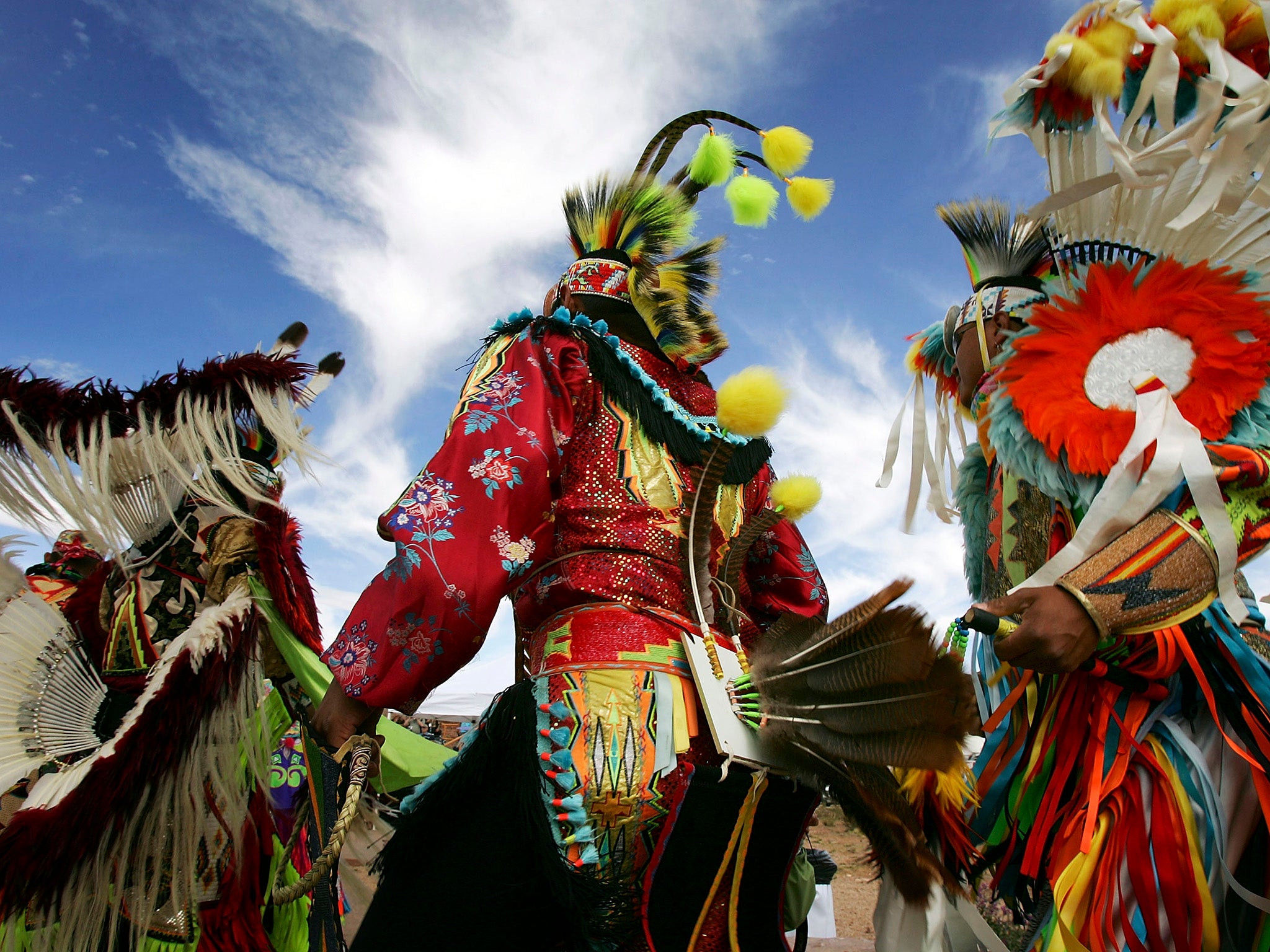Indigenous languages are disappearing – and it could impact our perception of the world
Languages carry deep cultural and environmental knowledge and insights that sometimes can’t be translated. With many Native American languages at risk of extinction, what else do we stand to lose?

Your support helps us to tell the story
From reproductive rights to climate change to Big Tech, The Independent is on the ground when the story is developing. Whether it's investigating the financials of Elon Musk's pro-Trump PAC or producing our latest documentary, 'The A Word', which shines a light on the American women fighting for reproductive rights, we know how important it is to parse out the facts from the messaging.
At such a critical moment in US history, we need reporters on the ground. Your donation allows us to keep sending journalists to speak to both sides of the story.
The Independent is trusted by Americans across the entire political spectrum. And unlike many other quality news outlets, we choose not to lock Americans out of our reporting and analysis with paywalls. We believe quality journalism should be available to everyone, paid for by those who can afford it.
Your support makes all the difference.Alaska has a “linguistic emergency”, according to the Alaskan governor Bill Walker. A report warned earlier this year that all of the state’s 20 Native American languages might cease to exist by the end of this century, if the state did not act.
American policies, particularly in the six decades between the 1870s and 1930s, suppressed Native American languages and culture. It was only after years of activism by indigenous leaders that the Native American Languages Act was passed in 1990, which allowed for the preservation and protection of indigenous languages. Nonetheless, many Native American languages have been on the verge of extinction for many years.
Languages carry deep cultural knowledge and insights. So, what does the loss of these languages mean in terms of our understanding of the world?
Environmental knowledge
Embedded in indigenous languages, in particular, is knowledge about ecosystems, conservation methods, plant life, animal behaviour and many other aspects of the natural world.
In Hawaiian traditions and belief systems, for example, the tree snails were connected to “the realm of the gods”. Hawaiian royalty revered them, which protected them from overharvesting.
The Bishop Museum in Honolulu holds a shell necklace, or “lei”, of Queen Lili‘uokalani, the last monarch of the Kingdom of Hawaii. It is made from tree snail shells, which signifies the high rank of female royalty. Wearing a shell was believed to provide “mana”, or spiritual power, and a way to understand ancestral knowledge.

Many of these snails are now extinct and those remaining are threatened with extinction. Scientists are working with Hawaiian language experts to learn about the belief systems that once helped protect them and their habitats.
A tool for doctors
Words in indigenous languages can have cultural meanings that can be lost during translation. Understanding the subtle differences can often shift one’s perspective about how indigenous people thought about the natural world.
For example, as an indigenous scholar of the environment, I led a team some years ago of language experts, elders and scholars from Montana and Alberta, Canada, to create a list of Blackfeet words, called a lexicon, of museum objects. The elders I worked with noted that the English word “herb”, which was used to describe most plant specimens within museums, did not have the same meaning in Blackfeet.
In English, the word “herb” can have numerous meanings, including a seasoning for food. The closest English word to herb in Blackfeet is “aapíínima’tsis.” The elders explained this word means “a tool that doctors use”.
The hope is that the lexicon and audio files recorded in the Blackfeet language that our research helped create, might assist future scholars access the embedded meanings in languages.
Saving vanishing languages
Many Native American communities in the US are now working to save these cultural insights and revitalise their languages.
In Wisconsin, an Ojibwe language school called “Waadookodaading”, translated literally as “a place where people help each other”, immerses its students in the environmental knowledge embedded in the language.
The Ojibwe believe that theirs is a language of action. And the best way for children to learn is by observing the natural world. Each spring, for example, the students go into the woods to gather maple sap from trees, which is processed into maple syrup and sugar. These students learn about indigenous knowledge of plants, their habitats and uses.
Language loss can be considered as extreme as the extinction of a plant or an animal. Once a language is gone, the traditional knowledge it carries also gets erased from society.
Efforts are now underway worldwide to remind people of this reality. The UN has designated 2019 as the “International Year of Indigenous Languages” in order to raise awareness of them being holders of “complex systems of knowledge” and encourage nation states to work towards their revitalisation.
The loss of indigenous languages is not Alaska’s concern alone. It affects all of us.
Rosalyn R LaPier is an associate professor of environmental studies at the University of Montana. This article first appeared on The Conversation (theconversation.com)
Join our commenting forum
Join thought-provoking conversations, follow other Independent readers and see their replies
Comments